My reasons for growing organically are twofold. The first is an understanding that my garden environment is a ecosystem with populations of organisms from the bottom to the top of the food chain that naturally respond to the environmental conditions and availability of suitable foods. As the seasons pass and the weather changes and one year rolls into the next, the success or otherwise of a reproducing population will be reflected further up the food chain without the need for intervention or control by chemical means. A boom in creatures that I might consider to be pests, such as slugs, snails and aphids will be followed by an increase in their predators as they take advantage of the increase in numbers on which to feed.
My second conviction is one that we have heard lots about, particularly during the past year. That the effects of various chemical pesticides are often not fully known or understood until they begin to affect wildlife that was not the original target. For years now, new chemicals have been introduced and hailed as the next big thing, the savior for gardeners amateur and professional, before years later they are withdrawn under the shadow of a human health scare or for some previous unknown effect on one or more wildlife populations.
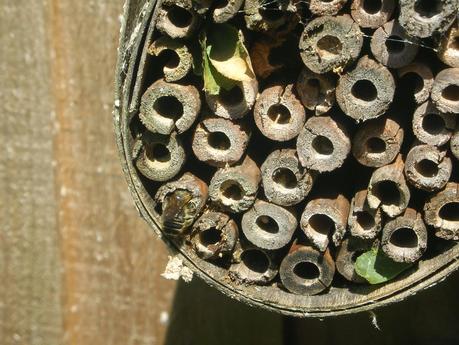
A solitary bee checking out available accommodations
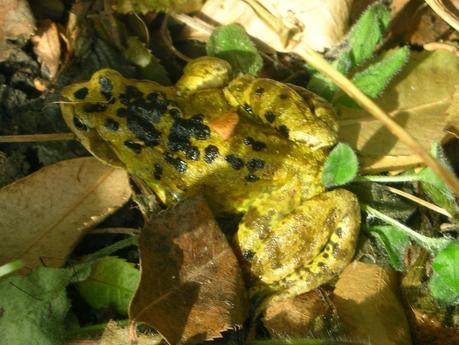
Frogs are a frequent spot in the suburban veg plot
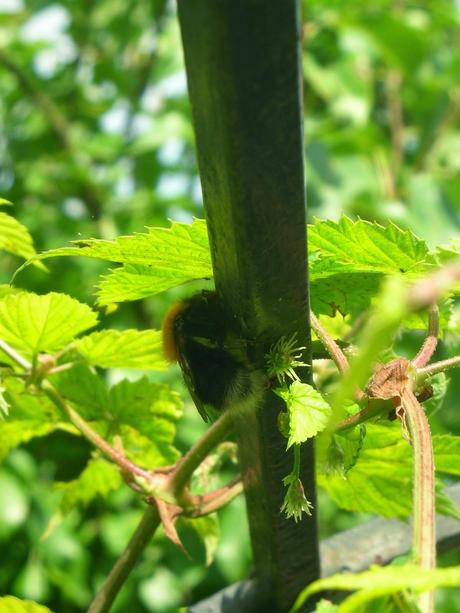
A sleepy bumble bee having a snooze on an arbour
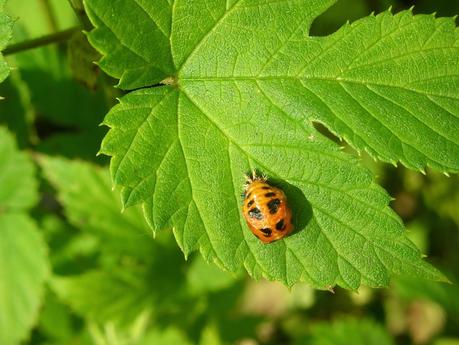
A ladybird in metamorphosis
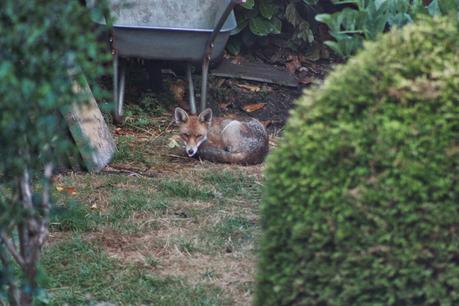
The unwelcome Vulpes vulpes
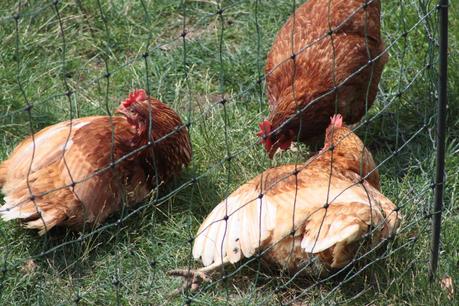
An introduced species – the lesser spotted lawn ruiners
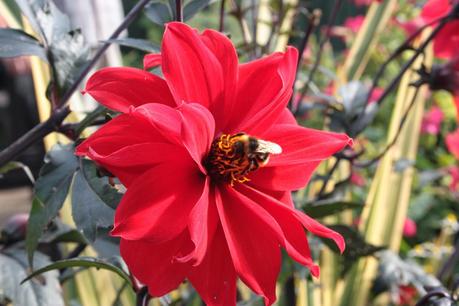
A bee feasting on the nectar of Dahlia 'Bishop of Landaff'
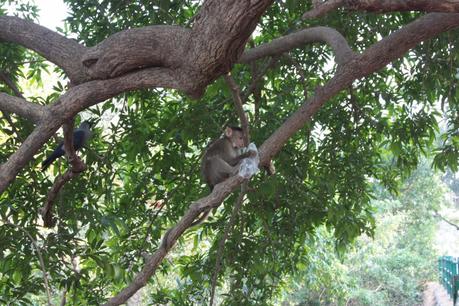
Possibly not taken in my garden. But given time, and a land bridge from India...
